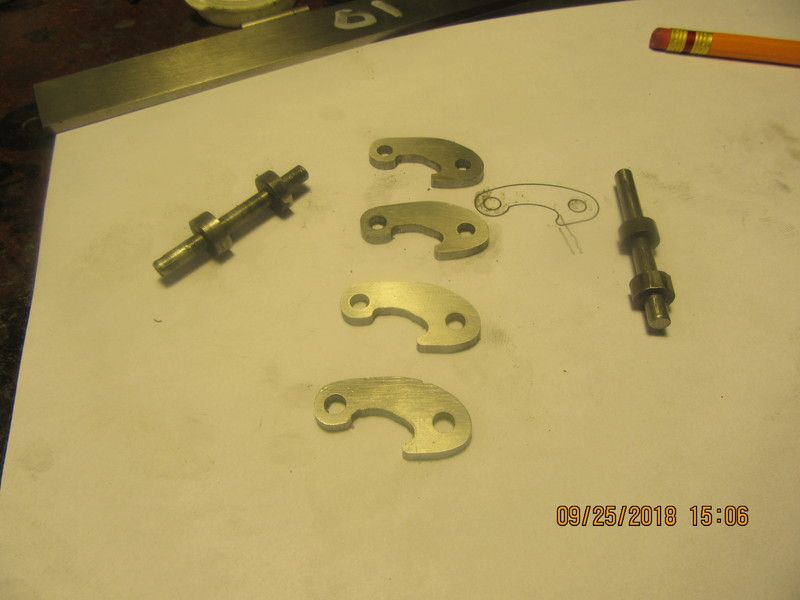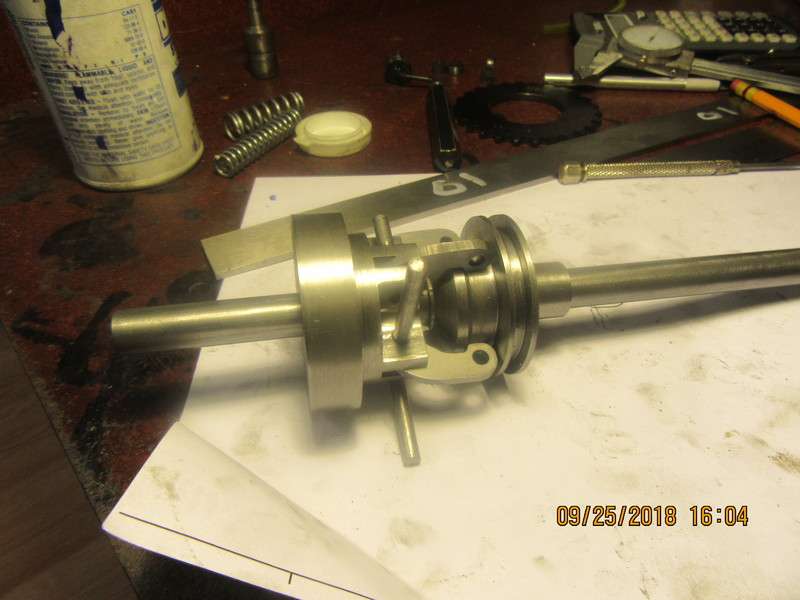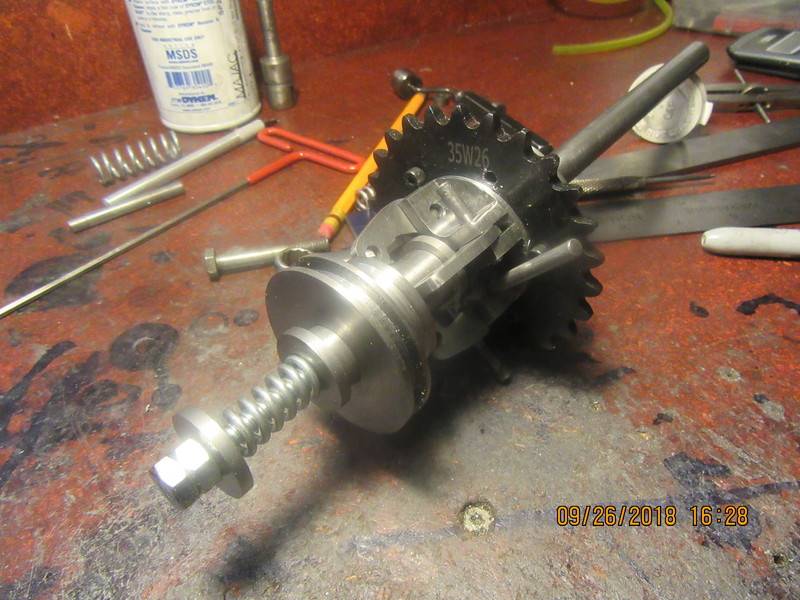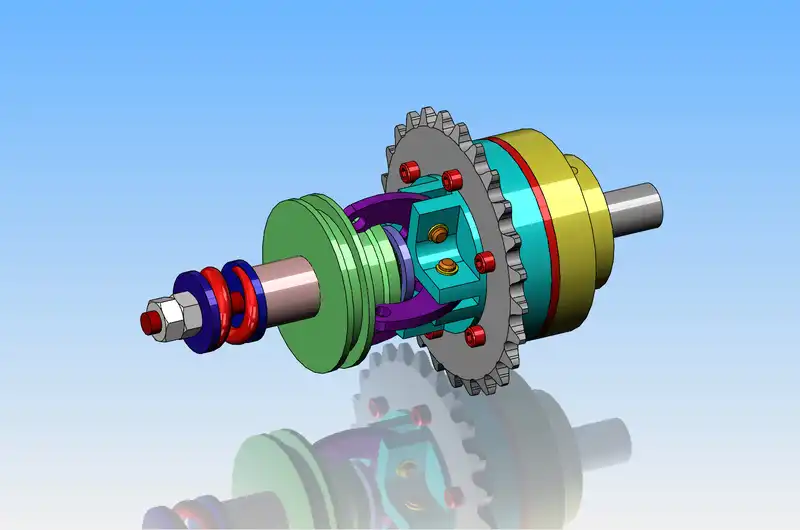Anatol
Well-Known Member
"those of you who have suggested leather, how would you use it. Would you glue it to the face of one of the discs,"
I was imagining it glued to one disc. But that was OTOH. But I feel like it might also need some kind of surface treatment - like violin bow resin? I may be completely wrong
I've played around with small electromagnetic clutches, the plate one side seemed to be some kind of fibrous cement. I might have been asbestos once...
I was imagining it glued to one disc. But that was OTOH. But I feel like it might also need some kind of surface treatment - like violin bow resin? I may be completely wrong
I've played around with small electromagnetic clutches, the plate one side seemed to be some kind of fibrous cement. I might have been asbestos once...





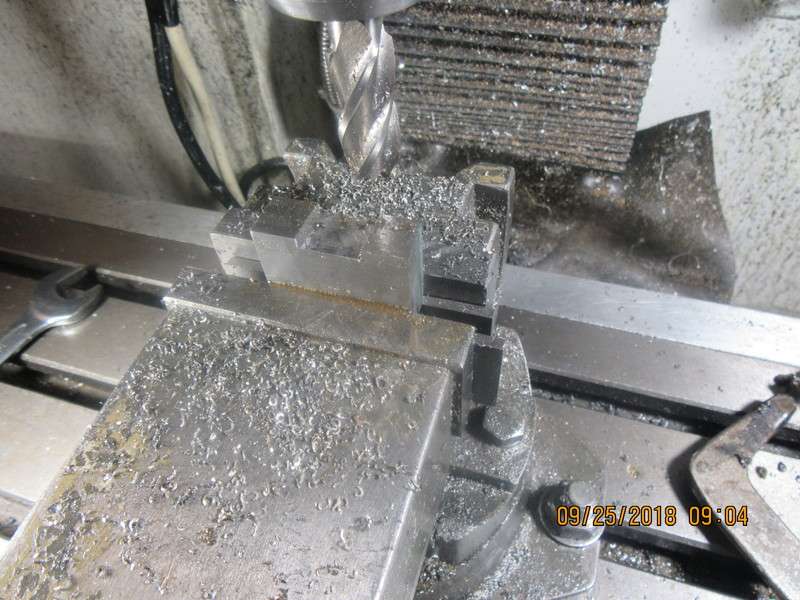
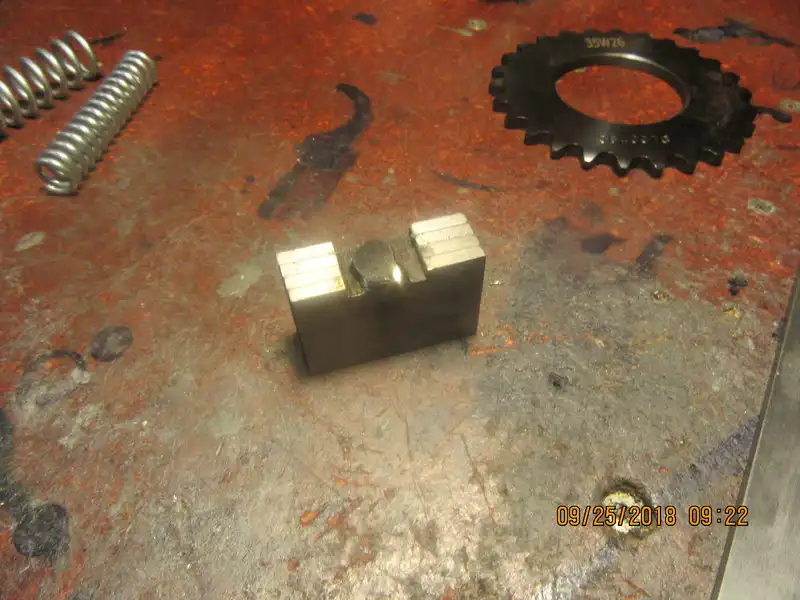
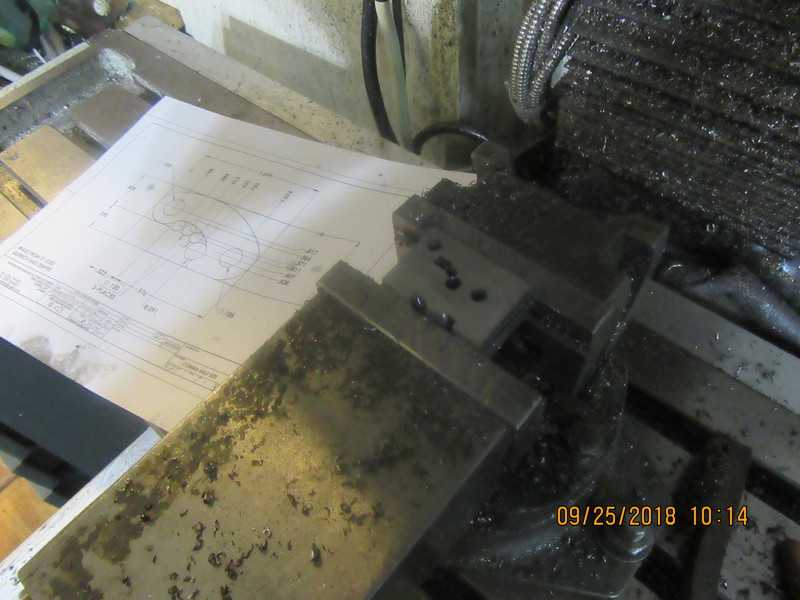
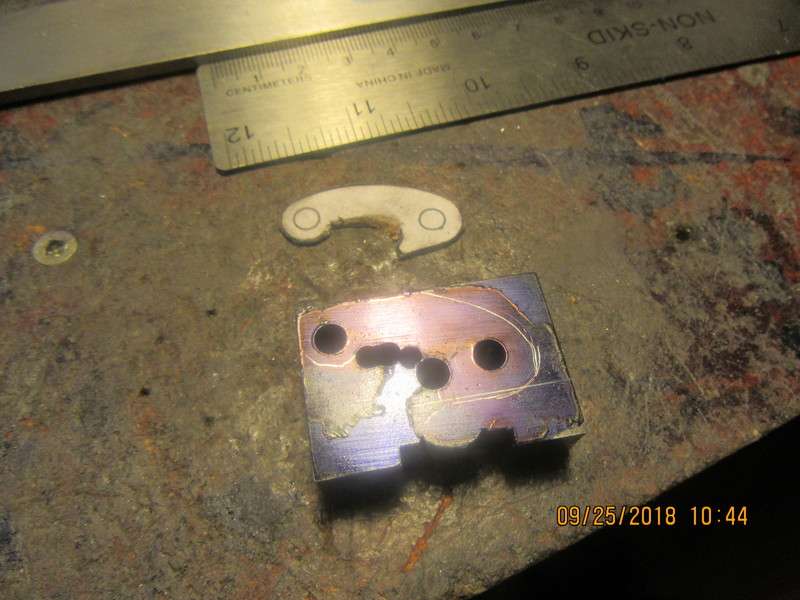






















![DreamPlan Home Design and Landscaping Software Free for Windows [PC Download]](https://m.media-amazon.com/images/I/51kvZH2dVLL._SL500_.jpg)


![MeshMagic 3D Free 3D Modeling Software [Download]](https://m.media-amazon.com/images/I/B1U+p8ewjGS._SL500_.png)































